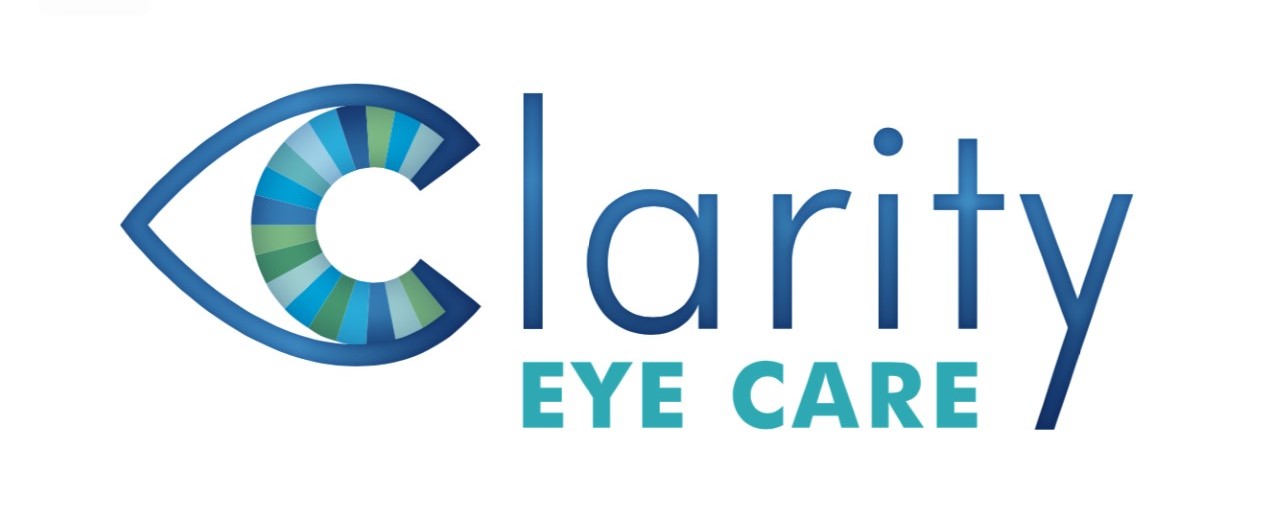As the technological world continues to evolve, so should your eyecare. We believe it is important to continually expand our knowledge, understanding, and evaluation methods when it comes to your care. Glaucoma, diabetic retinopathy, cataracts, and macular degeneration are just a few of the many eye diseases and conditions that we routinely diagnose and manage in our office. Some of the technology you may encounter during your treatment are listed below.
Optomap Retinal Examination
The optomap retinal exam is a fast, painless way to screen for disease or disorders of the retina and optic nerve. The capture takes less than a second and digital images are available immediately for review with your doctor in the examination room. You see exactly what our clinicians see - even in a 3D animation. The best part, is under normal circumstances, dilation drops may not be necessary. However, depending on your results or health conditions, your eye care provider will decide if your pupils need to be dilated for further evaluation.
Ocular Coherence Tomography (OCT)
The OCT provides a noninvasive ocular scan which allows imaging of a cross section of the retina, macula, and optic nerve. Similar to a CT scan, the captured images allow our clinicians to detect disease much earlier than traditional methods of evaluation. Macular degeneration, glaucoma, and diabetic retinopathy as well as macular detachments, holes, and tears can all be imaged with our scanning laser technology. The OCT has quickly become the standard of care for ocular disease management of most conditions involving the macula and optic nerve.
Fundus Photography
Fundus photos are digital images taken of the back of the eye (the retina). Most often these photos are taken to document and diagnose medical conditions and ocular disease. The photos can also be used to asses the progression of disease by comparing images from one year to the next. Fundus photographs are usually taken through a dilated pupil in order to ensure the highest quality image possible. It is considered medically necessary for conditions such as macular degeneration, retinal neoplasms, choroid disturbances and diabetic retinopathy, or to identify glaucoma, multiple sclerosis, and other central nervous system abnormalities.
Non Contact Tonometery
A non contact tonometer, or NCT, is a piece of equipment used to measure the pressure inside your eye. Using only a gentle puff of air, the NCT requires no numbing drops and does not touch the surface of your eye. The pressure inside your eye is an important indicator of possible eye disease such as glaucoma. For those that would rather not have the NCT performed, a "no puff" option is available as well.
Pachymetry
Pachymetry provides measurement of corneal thickness down to the micron. This allows our clinicians to manage patients with glaucoma and other disorders to a higher degree of accuracy. The Pachymeter is also useful for the care of patients with corneal degenerations, corneal swelling, and those considering Lasik or other refractive surgery techniques.
Auto refractor and keratometer
As one of the most commonly used pieces of equipment during ocular examination, the autorefractor and keratometer works two ways. First, the autorefractor is used to determine how light behaves as it enters your eye in order to provide a rough approximation of refractive error. It also gives our clinicians a starting point when determining the correction you will need in your eyeglasses or contacts. Second, the keratometer measures the curvature of the cornea (the front surface of the eye) . This is important in the diagnosis and management of patients with corneal diseases such as keratoconus or corneal degeneration. The keratometer is also used when fitting contact lenses and for management of patients with large amounts of astigmatism.
Visual Field Testing
Visual field testing is an important test used in our office to diagnose and detect damage to vision and visual pathways from conditions such as glaucoma, stroke, tumors, and optic nerve disorders as well as from medications such as plaquenil. It allows our clinicians to "map out" your visual system and ensure that no areas of your vision are unseen. Even though the test is traditional thought of as a test of "side vision", it can detect vision loss both centrally and peripherally. It is often used to track progression of disease and neuro-ophthalmic disorders.








